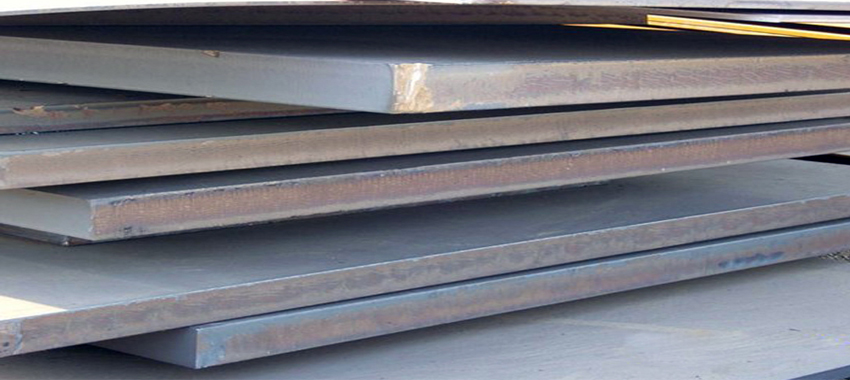
A steel plate is a flat steel with a large width to thickness ratio and surface area. Steel plates are divided into two major specifications according to thickness: thin plates and A steel plate is a flat steel with a large width-to-thickness ratio and surface area. Steel plates are divided into two major specifications according to thickness: thin plates and thick plates.
Steel plate thickness:
A thin steel plate is a steel plate with a thickness between 0.2mm and 4mm produced by hot or cold rolling methods. The width of a thin steel plate is between 500mm and 1400mm.
Thick steel plate is the collective name for steel plates with a thickness of 4mm or more. In practice, we generally call a steel plate with a thickness less than 20mm as a medium plate, a steel plate with a thickness between 20mm and 60mm as a thick plate, and a steel plate with a thickness more than 60mm as an extra thick plate.
The width of a thick steel plate is from 0.6m to 3.0m. The thick plate is also divided into shipbuilding steel plate, bridge steel plate, boiler steel plate, high-pressure vessel steel plate, pattern steel plate, automobile steel plate, armor steel plate, and composite steel plate according to the usage.
Application:
The medium plate is mainly used in construction, machinery manufacturing, container manufacturing, shipbuilding bridge construction, etc.
It is also used to make all kinds of containers, furnace shells, furnace plate, bridge and vehicle static steel plate, low alloy steel plate, shipbuilding plate, boiler plate, pressure vessel plate, checkered steel plate, steel plate for automobile frames, tractor parts and welding parts.
The plate is widely used in the manufacture of a variety of containers, furnace shell, furnace plate, bridge and vehicle static steel plate, low alloy steel plate, bridge plate, made like plate, boiler plate, pressure vessel plate, checkered steel plate, steel plate for automobile frames, tractor parts and welding connection component specific application.
They are commonly used in the fabrication of structural components, pressure vessels, storage tanks, bridges, machinery parts, and equipment frames.
These steel plates are known for their excellent mechanical properties, including high tensile strength, good weld-ability, and impact resistance. They can withstand heavy loads and harsh environments, making them suitable for demanding applications where strength and durability are crucial.
In summary, ordinary medium-thick steel plates are versatile and widely used materials in various industries. Their moderate thickness range and excellent mechanical properties make them ideal for structural and construction applications requiring strength, durability, and reliability.








|

|

|

|

|
| Timely Info | Independent | Platform | Multiple guarantees | Self-operated storage |
| About us | Channel | Useful tools |
|---|---|---|
| About China Steel Market | Prices | Steel weight calculation |
| Contact us | Answers | |
| Terms & Conditions | Inventory | |
| Privacy Policy | Help |
Hot search words: